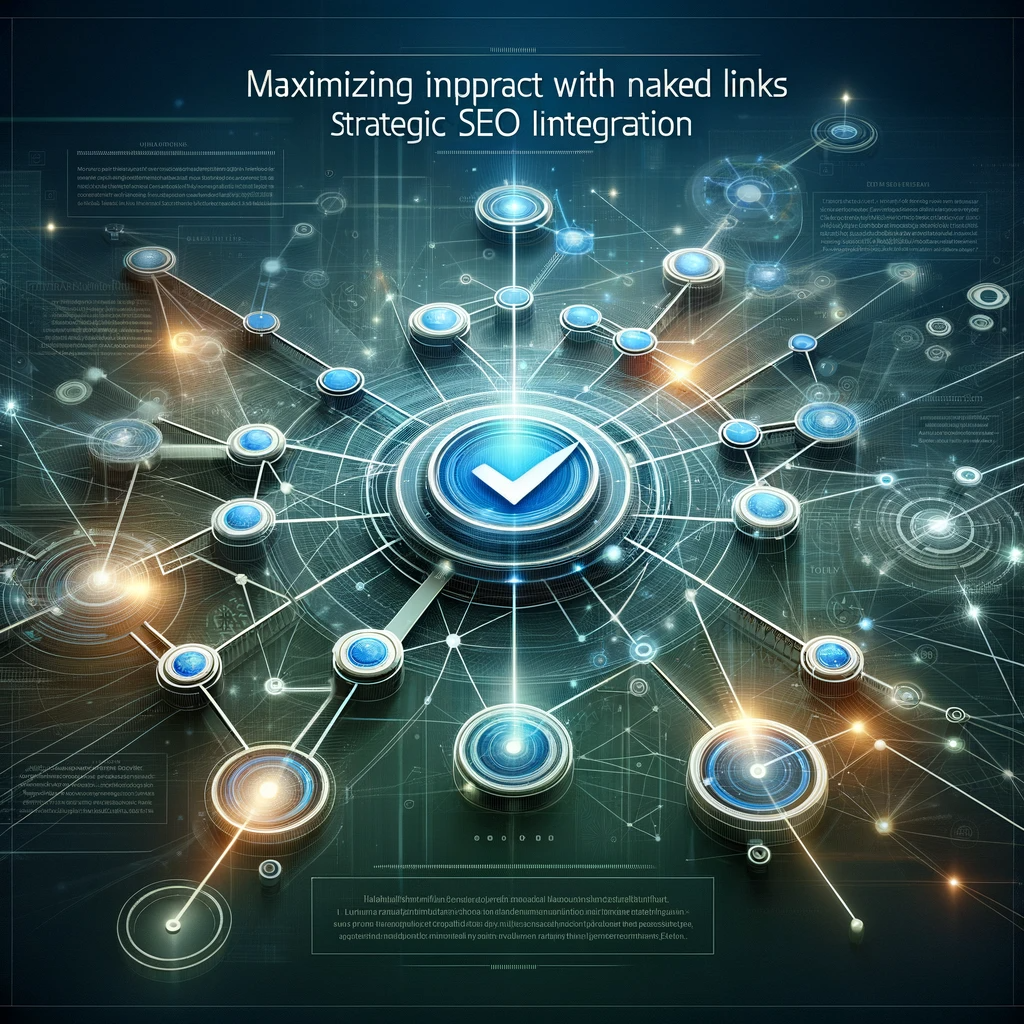Currently a days, Protection has actually become the most challenging task. Every person wish to be safe yet in existing scenario no one is risk-free not also in their own residences. Residence is a place where we maintain our property and our resources. However we can never bank on the safety and security of that asset behind us. We generally secure residences when heading out of your home. But just locking the home is inadequate, there have to be a system which keep track of the activities and also report to the owner appropriately and also function according to the reaction of the owner. vivint key fob GSM Component could fit for the objective as every body have smart phones now a days as well as might get messages from the system through GSM Module and also can send message to the system for prompt action to be taken.
Security is one of the most crucial need of home for people. With the development of IT technology, network and automated control modern technology, a remote house safety tracking as well as startling system comes to be increasingly more practicable today. By combining wireless sensing unit network (WSN) and also GSM modern technology, this paper develops a low-power usage remote home protection surveillance and worrying system that can identify the theft, leaking of raw gas and fire, and send out alarm system message to your home proprietor’s cellphone. Wireless sensing unit network is composed of a big quantity of miniature self-organizing wireless sensor nodes.
By integrating three type of technology such as sensor, micromechatronics and also wireless interaction, vivint promotions deals WSN can detect, accumulate and also handle the object details in its covering area, and send information to the viewer. In brief, WSN technology has the advantages of large covering location, able to remote tracking, high surveillance precision, fast network establishment as well as practical cost. GSM network has the advantages of mature modern technology, wide covering location, lengthy interaction distance, and audio interaction effectand so on.
The remote house protection system offered in this paper combines so many benefits of WSN and also GSM. To start with, wherever the users are, as soon as some dangerous circumstances takes place in home, such as gas dripping or thief intruding, this system can send alarm system short message to the customers with GSM network right away, informing individuals the possibledangerous scenarios in residence. Secondly, the cordless sensing unit network established in home has the attributes of simplicity facility, without use wire, as well as low-power consumption.


